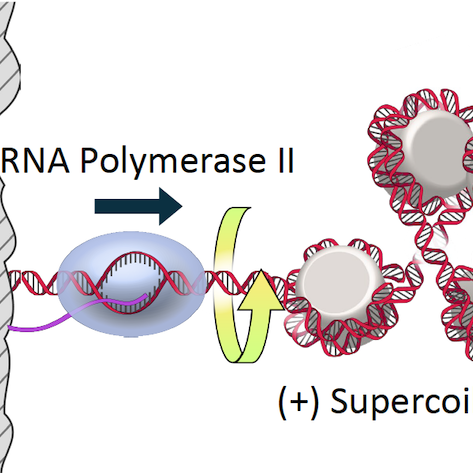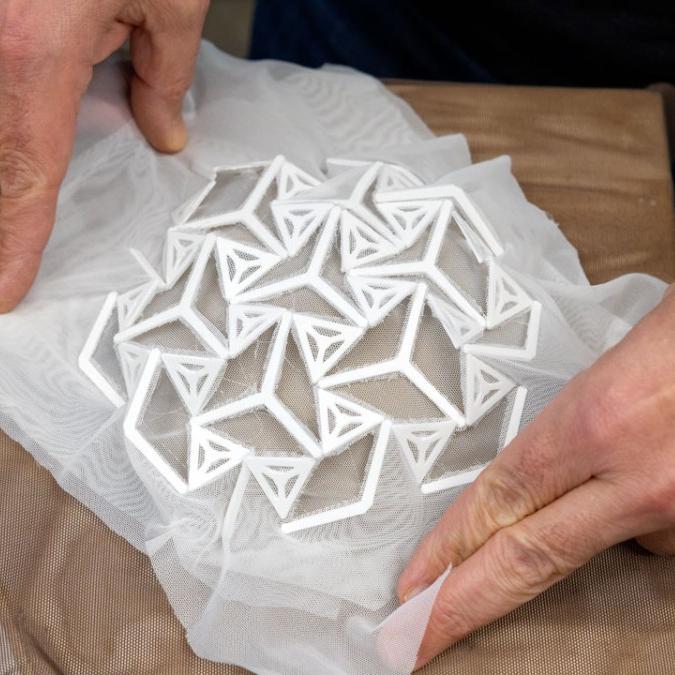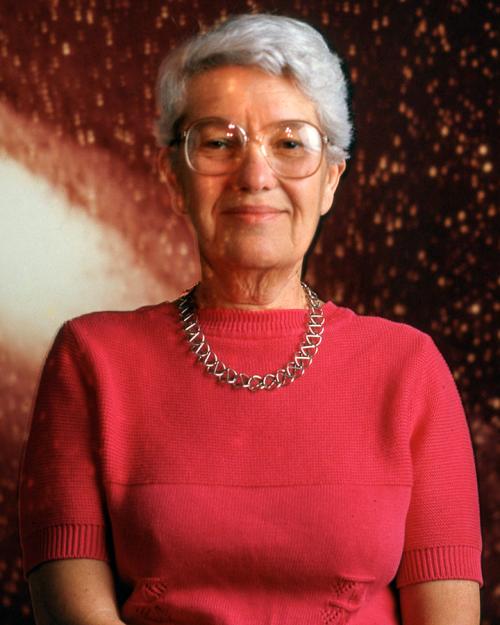It’s the dawn of a new era in ground-based celestial observations, thanks to a telescope and observatory named for a pioneering alumni astronomer. In late June 2025, scientists at the Vera C. Rubin Observatory—named for Vera Cooper Rubin, MS ’51—made headlines worldwide with its first batch of images.
Media described the ultra-high-def visuals as “amazing,” “stunning,” and “unveiling the universe as we’ve never seen it before.”
And this is just the observatory’s opening act. These incredibly detailed images—which show millions of galaxies, stars, asteroids, and nebulae—are a tiny glimpse at the vast potential of this innovative and powerful facility.
The project is a fitting tribute to Rubin, a member of the National Academy of Sciences who won both the U.S. National Medal of Science and the Gold Medal from the U.K.’s Royal Astronomical Society.
She passed away in 2016 at age 88, having continued her work into her final years.
Rubin spent decades gathering evidence to prove the existence of dark matter—analyzing the irregular rotation of stars around galaxies.
As colleague Martha Haynes, Cornell’s Distinguished Professor of Arts and Sciences in Astronomy Emerita, has said: “She was always curious about what makes galaxies tick.”





